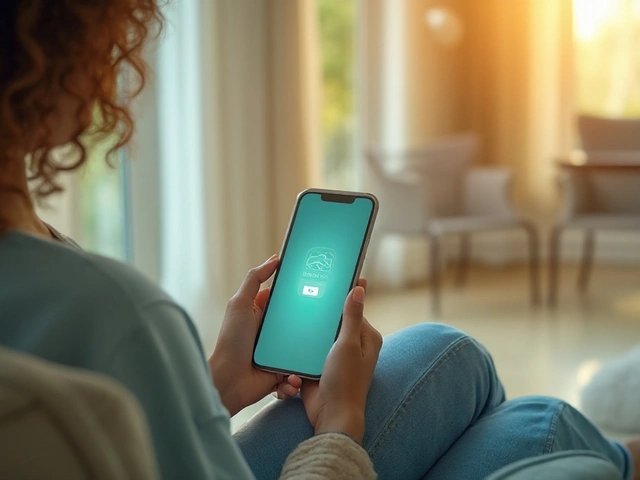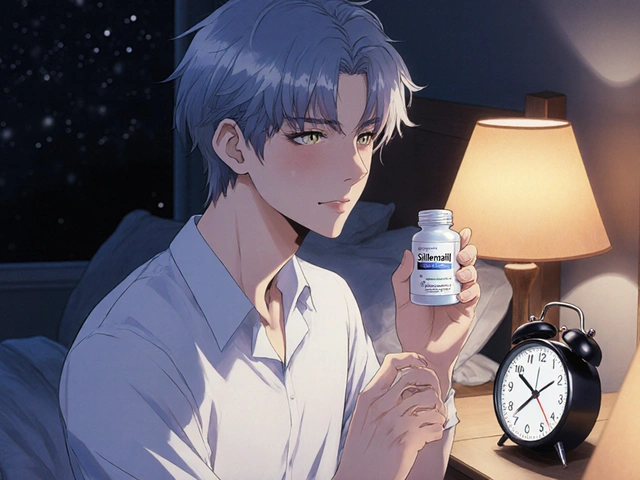Everything You Need to Know About Norfloxacin
If you’ve been prescribed norfloxacin, you probably have questions. It’s an antibiotic that fights bacterial infections in the urinary tract, lungs, skin, and sometimes the stomach. Knowing when to take it, how much, and what to watch for can make the treatment smoother and safer.
Why Doctors Choose Norfloxacin
Norfloxacin belongs to the fluoroquinolone family. It works by stopping bacteria from making DNA, which kills the bugs fast. Doctors often pick it for uncomplicated urinary‑tract infections (UTIs), certain types of pneumonia, and travel‑related diarrhea caused by Campylobacter. Because it’s taken by mouth, it’s handy for people who can’t get IV antibiotics.
How to Take It Right
Typical adult dosing is 400 mg once daily for 3‑7 days, depending on the infection. For kids, the dose is based on weight, so your doctor will give you a precise amount. Take the pill with a full glass of water and try to swallow it whole—crushing or chewing can change how the medicine works.
Food doesn’t usually mess with norfloxacin, but dairy or antacids can cut absorption. If you need a calcium or magnesium supplement, take it at least two hours before or after the antibiotic. Setting a reminder on your phone helps you stick to the schedule and finish the full course.
Don’t stop the medication early, even if you feel better. Stopping too soon lets leftover bacteria grow back stronger, which can cause another infection that’s harder to treat.
Common Side Effects to Watch
Most people feel fine, but about one in ten notice mild side effects like nausea, diarrhea, or a headache. These usually fade as your body gets used to the drug. If you get a rash, itching, or swelling, stop the medicine and call your doctor right away—these can be signs of an allergic reaction.
A rarer but serious issue is tendon problems, especially in the shoulder, knee, or Achilles. If you feel sudden pain or a popping sensation in a tendon, stop taking norfloxacin and seek medical help. The risk is higher if you’re over 60, use steroids, or have a history of tendon issues.
Drug Interactions You Should Know
Norfloxacin can interact with several other meds. Blood thinners like warfarin may become more potent, so your doctor might check blood clotting labs more often. Some anti‑seizure drugs (e.g., phenytoin) can lower norfloxacin levels, making it less effective.
Because it can affect heart rhythm, avoid combining it with other QT‑prolonging drugs unless your doctor says it’s safe. If you’re on diabetes meds, monitor your blood sugar closely; norfloxacin can cause low or high readings.
Safety Tips and When to Call the Doctor
Stay hydrated while you’re on the antibiotic—drinking plenty of water helps your kidneys clear the drug. If you notice dark urine, severe stomach pain, or signs of a new infection, call your doctor right away.
Pregnant or breastfeeding moms should discuss alternatives, as fluoroquinolones aren’t the first choice during pregnancy. Also, avoid long trips in hot, humid conditions if you have a history of tendon problems; extra heat can increase the risk of tendon injury.
In short, norfloxacin is a powerful tool against bacterial infections when used correctly. Follow the dosing schedule, watch for side effects, and keep your doctor in the loop about other medicines you take. Doing all that will give you the best chance for a quick, complication‑free recovery.

Noroxin (Norfloxacin) Uses, Side Effects, Dosage, and Safer Alternatives in 2025
What Noroxin (norfloxacin) is, who should and shouldn’t use it, 2025 availability, dosing, major risks, interactions, and safer antibiotic alternatives.




